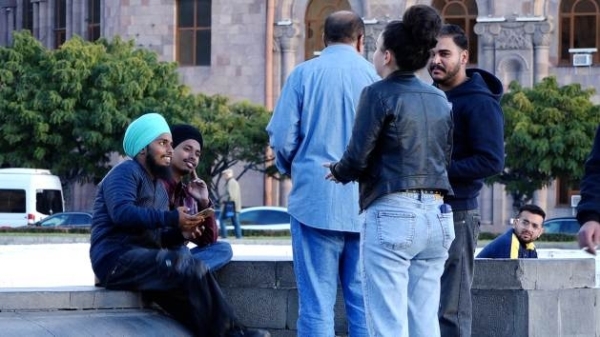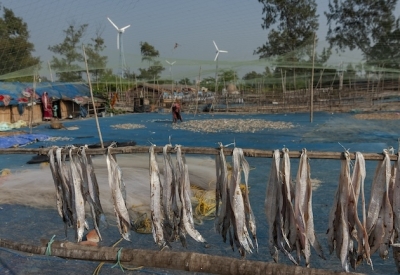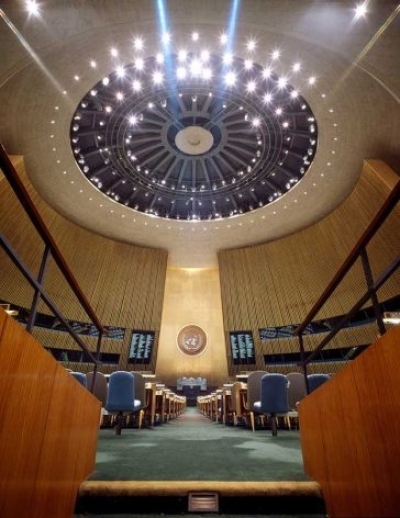YEREVAN, Armenia, Dec 05 (IPS) — Every evening, the smell of Indian food takes over Yerevan’s northwestern district of Halabian. Indian workers who left early in the morning are back home.
“We work in construction,’’ Sahil, 23, tells IPS from the yard of a humble one-storey house. He left his family in Punjab — a state in northern India- two and a half months before, bound for Yerevan with two other friends.
“We heard there was a high demand for labour and that the pay is good. We get 5000 AMD a day (US$12,5). In India, you can live comfortably with that money,” says Sahil.
However, considering the minimal consumer basket is around US$200 one can barely get by with such a salary.
“We all share rooms and cut costs to a minimum. That way I can send at least $150 to my family in India every month,” explains Sahil, before stressing that he has a work permit from the Migration Service of Armenia.
Armenia has become a popular destination for Indian people seeking work opportunities. According to the Migration Service of Armenia, more than 37.000 Indians entered Armenia only in the first nine months of 2023.
20-year-old Koma Mera works as a cleaner in one of Yerevan’s most popular gyms for $12,5 a day. “I have three sisters and one brother. I miss them a lot, but we had financial problems, so I’m here now,” Koma tells IPS sitting on her bunk bed, just after she had spoken to her mother on a video call.
After paying the rent for the accommodation and covering the household expenses, she sends the remaining money to India so that her younger siblings “do not miss anything back home.”
“Living in other countries would be too expensive, so I came to Armenia. It’s a great country for making money, that’s why you find so many Indians here. When I see them in the streets I feel I’m not alone,” adds the young migrant.
Nonetheless, Koma believes things would be easier if the locals changed their attitude towards them.
“There are good people here, but also those who are rude to us,” she explains. “When I sit down at work, they make such a face to tell me that I must keep working. Moreover, Armenians do not sit at the table with us during the lunch break,” says the Indian woman.
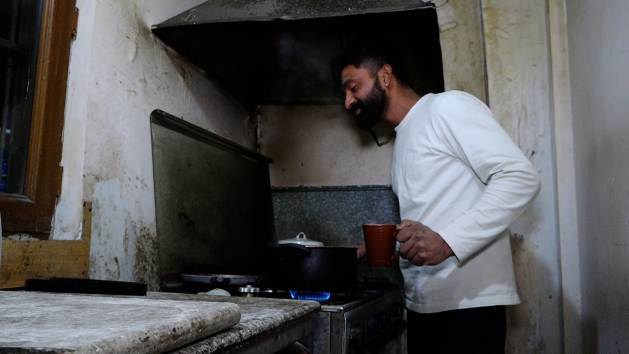
Low-paid and low-skilled
Nested in the Caucasus region, Armenia is a tiny and almost mono-ethnic country with a population of about 3 million. According to the latest population census (2011), only 2% belong to other ethnic groups, such as Yezidis and Assyrians.
Nonetheless, the picture might be different after the 2022 census is finally released, revealing the increase in the number of foreigners receiving residence status. According to the Statistical Committee’s data, figures almost doubled in just one year, reaching more than 16,000 people as of 2022.
In conversation with IPS, Migration Service of Armenia officials disclosed that only this year 2,100 Indian citizens have applied to get residence status based on work activity in Armenia.
A flexible visa regime since 2017 has opened the country to foreigners, with students opening the path mainly due to the low cost of university studies. Workers followed suit and, today, Indians are the second biggest group after Russians and before Iranians.
But the labour market is small. The Statistical Committee of Armenia´s data from 2022 revealed that about 13 % of the labour force is unemployed.
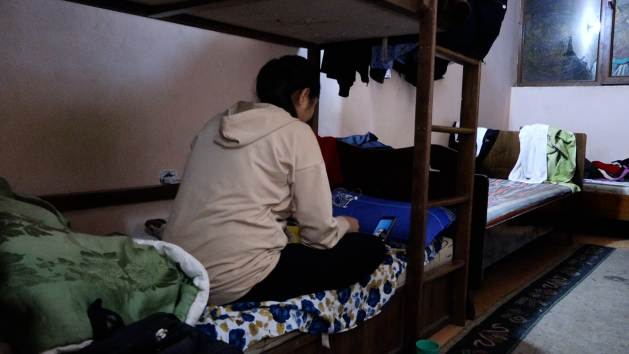
During a briefing with journalists on November 20 in the National Assembly of Armenia’s Minister of Economy, Vahan Kerobyan, said that Indian migrants in Armenia are mostly low-paid, low-skilled professionals and mainly work in construction, agriculture, and services.
“I came from Gegharkunik Province (eastern part of Armenia) to work in construction here in Yerevan. I´m ready to work for 10,000 AMD per day but the employer says he can hire an Indian man twice as cheap for the same job,” Narek, an Armenian man in his 50s who didn´t want to disclose his identity told IPS.
From his office in downtown Yerevan, political scientist and analyst Vigen Hakobyan shares his take with IPS.
“All four sides of Yerevan are under construction, hence the high demand for workers in the sector since last year. Armenians generally refuse to do that work because they say that the pay is low’’ explains the expert.
“They (Indians) also drive taxis, make deliveries and clean. Most of them return to India after earning money. Nonetheless, Armenians have the impression that foreigners have entered their homes and have no intention of leaving. There’s a certain level of mistrust towards them,” stresses Hakobyan.
The analyst points to “fundamental differences” between foreigners and locals. “It’s about faith, culture, mentality, lifestyle... Besides, our society is also a very conservative one. I think integrating will be difficult for them,” concludes the analyst.
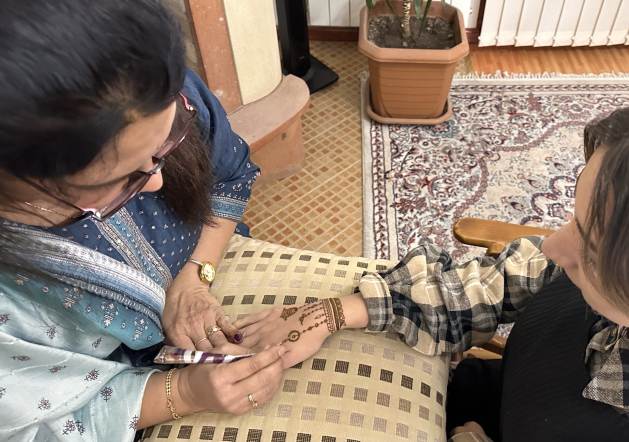
A feel of home
This surge of Indian migrants has also paved the way for scammers and human traffickers. There have been reports of individuals being offered fake jobs in Western countries before getting stranded in Armenia.
However, things are very different when people can travel safely, rely on a decent job and enjoy stability.
It’s already seven years since Parangesh Shah and Deepali, an Indian couple in their late 40s, arrived in Armenia. Parangesh, a diamond processing specialist, was transferred to the Caucasus country by his company in India.
"We didn’t even know where Armenia was. We hadn’t heard about this country before,” Deepali tells IPS from her Indian-style home.
She has set up a small business out of her hobby in Armenia. She makes traditional Indian drawings on the skin with henna. They are called “mehendi”, and their price ranges from $2,5 to $125 depending on the volume and complexity of the work.
“When I came here, I made a mehendi on the hand of one of my friends. I posted a picture of it on social media. Soon after, many girls contacted me and asked me to draw beautiful mehendis on their hands. Now I have many clients, and mostly Armenians,” she says.
A lot has changed during their years in Armenia. Today, they are even invited to local weddings and dance to traditional songs. The couple says they could have never imagined that Armenia would become a “little India” for them.
“It’s so beautiful here! Besides, Indians work in shops, deliver food, do home repairs…” says Deepali. “It almost feels like being back home".

